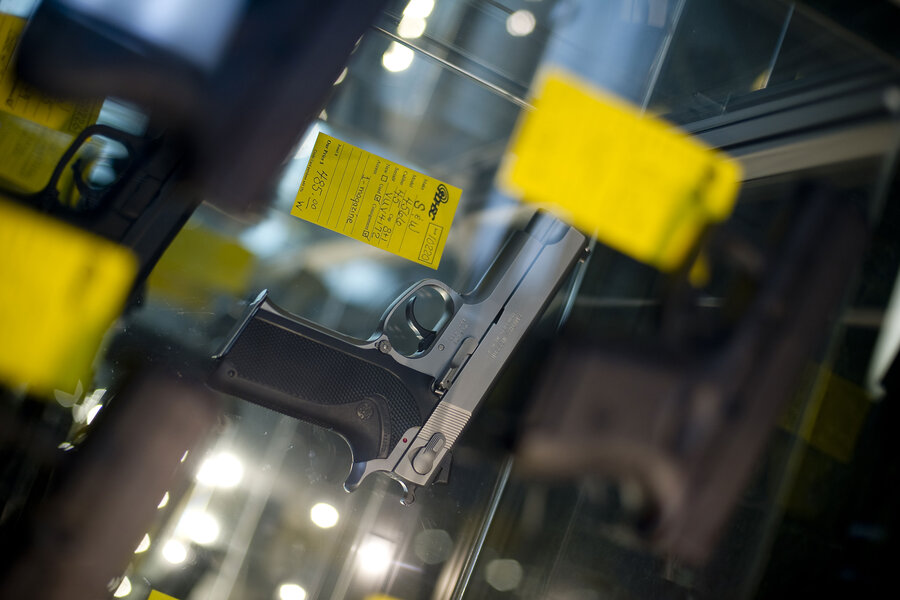Colorado shooting: children and gun fatalities
Loading...
Given the nation’s focus on our most recent, heartbreaking, shooting massacre, it seemed worthwhile to throw out these statistics from a recent Children’s Defense Fund report.
In 2008 and 2009, 5,740 children died from gunshot related injuries. That’s one child or teenager every three hours. More 15 to 19 year olds died from gunshot wounds in 2009 than any other cause except motor vehicle accidents.
(See, I didn’t even say that “guns” killed them. Because I know, I know, people kill people, guns don’t kill people. So I’ll leave it to you to figure out how people would have killed nearly 6,000 children without the guns.)
Meanwhile, 34,387 children and teens suffered non-fatal gun injuries in 2008 and 2009. Most of those children (26,225) were injured in assaults, with 7,586 injured accidentally.
Since 1979, when child gun death and injury data collection began, 116,385 children and teens have been killed by wounds brought about by firearms.
Black children and teens are disproportionately affected by gun-related injuries and fatalities. In 2009, for instance, black children made up 45 percent of all gun-related deaths, although they were only 15 percent of the country’s child population.
And this, according to the report, is a US issue. We have far more guns than other countries (one-third of all households with children have at least one gun in the home) and, sure enough, 87 percent of children and teens who are killed by firearms, and live in high income countries, live in the US.
The report also gives a list of mass shootings involving child victims since 2008. There are more than two dozen.
In the wake of the Aurora shooting, we’re sure to get back on that periodic gun control debate, which seems to happens conveniently after someone has demonstrated why rapid-fire assault weapons are made for war, not the suburbs.
We’ll hear all the same arguments, backed by the same, shocking amount of money.
But who has more clout with the powers-that-be in this country? The National Rifle Association or black children dying in American cities?
And what have we decided, in general, is more important? Our freedom to follow our own individual desires – be it driving our SUV or riding our jet skis or talking on the phone in the car or owning a semiautomatic handgun – or the greater well-being of the country's children? (Children, that is, that don't necessarily live in your neighborhood or look like you.)
And sure, here come the same arguments about protection, constitutionality, bad guys who might try to invade my house one day, how criminals will get guns regardless of our laws, etc.
But I don’t really want to get into that debate.
All I’m saying is that it would be nice if one day, we decided as a nation that we should care just as much – and just as politically – about the deaths of children as we do about our guns.






